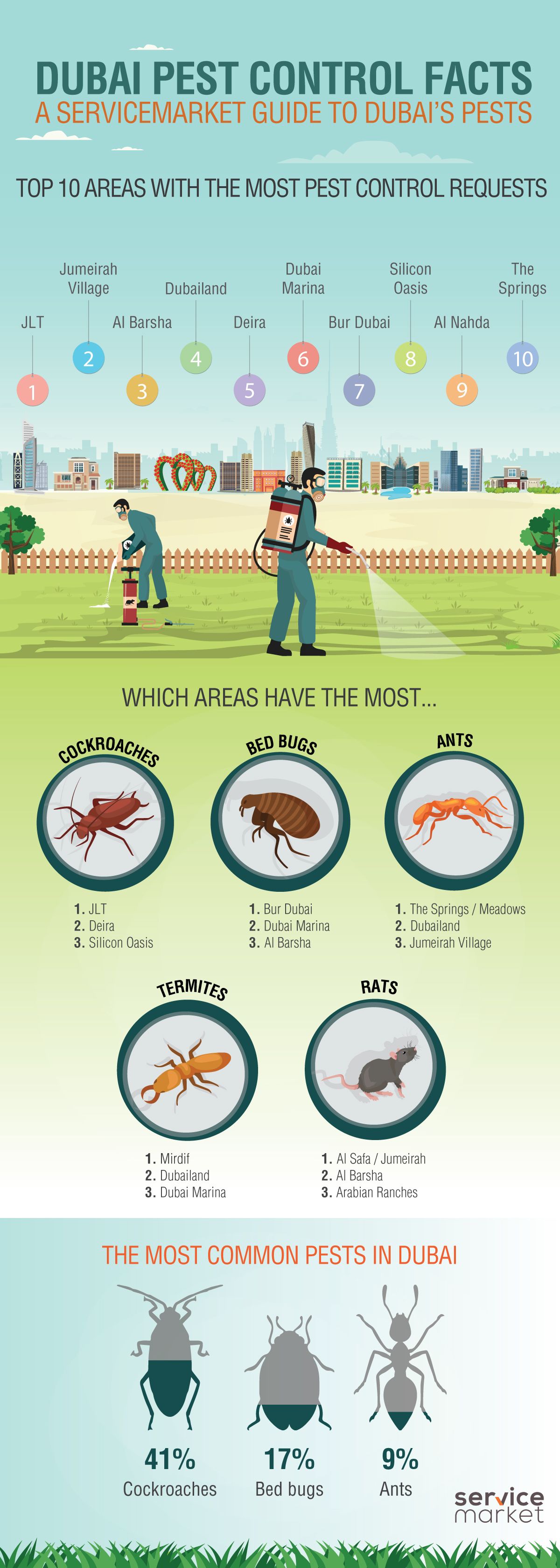Tips For Homeowners To Maintain Rodents Out Of Their Attics
Tips For Homeowners To Maintain Rodents Out Of Their Attics
Blog Article
Authored By-Thybo Blankenship
Picture your attic room as a cozy Airbnb for rats, with insulation as fluffy as hotel pillows and circuitry extra enticing than area service. Currently, picture these undesirable visitors throwing a wild celebration in your house while you're away. As a house owner, guaranteeing your attic room is rodent-proof is not nearly comfort; it has to do with shielding your residential or commercial property and loved ones. So, what straightforward steps can you require to guard your sanctuary from these hairy burglars?
Inspect for Entrance Things
To start rodent-proofing your attic, examine for access factors. Start by carefully examining the outside of your home, looking for any openings that rodents might use to access to your attic. Check for gaps around energy lines, vents, and pipelines, in addition to any splits or holes in the structure or siding. Make certain to pay close attention to areas where various structure materials meet, as these are common entrance factors for rodents.
In addition, examine the roofing system for any kind of harmed or missing out on roof shingles, in addition to any spaces around the edges where rats can press with. Inside the attic room, search for indicators of existing rodent task such as droppings, chewed cables, or nesting products. Make use of a flashlight to extensively check dark corners and surprise spaces.
Seal Cracks and Gaps
Evaluate your attic room thoroughly for any fractures and gaps that need to be sealed to prevent rats from entering. Rats can press via even the smallest openings, so it's crucial to seal any kind of prospective entrance points. Check around pipelines, vents, cords, and where the walls satisfy the roofing. Utilize a combination of steel woollen and caulking to seal these openings effectively. termite eradication is a superb deterrent as rats can not chew via it. Make sure that all voids are firmly sealed to reject accessibility to unwanted insects.
Don't overlook the significance of securing spaces around doors and windows also. Use climate stripping or door sweeps to secure these areas properly. Evaluate the locations where energy lines get in the attic and secure them off using an ideal sealant. By making https://www.cdc.gov/healthypets/covid-19/index.html to seal all cracks and gaps in your attic room, you produce a barrier that rodents will locate hard to breach. Prevention is type in rodent-proofing your attic room, so be complete in your efforts to seal off any kind of potential entry points.
Eliminate Food Resources
Take proactive measures to remove or save all potential food resources in your attic room to discourage rats from infesting the room. Rodents are attracted to food, so eliminating their food sources is essential in maintaining them out of your attic.
Right here's what you can do:
1. ** Shop food securely **: Stay clear of leaving any type of food items in the attic. Shop all food in closed containers made from metal or heavy-duty plastic to avoid rats from accessing them.
2. ** Clean up particles **: Remove any piles of debris, such as old papers, cardboard boxes, or timber scraps, that rats might utilize as nesting material or food resources. Keep the attic room clutter-free to make it much less appealing to rodents.
3. ** Dispose of garbage correctly **: If you use your attic for storage space and have trash or waste up there, see to it to deal with it consistently and appropriately. Rotting garbage can bring in rodents, so keep the attic room clean and devoid of any organic waste.
Verdict
Finally, keep in mind that an ounce of avoidance is worth an extra pound of remedy when it comes to rodent-proofing your attic.
By making the effort to examine for entrance points, seal cracks and voids, and get rid of food sources, you can keep unwanted insects away.
Keep in mind, 'An ounce of avoidance is worth an extra pound of cure' - Benjamin Franklin.
Stay proactive and protect your home from rodent infestations.
